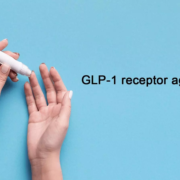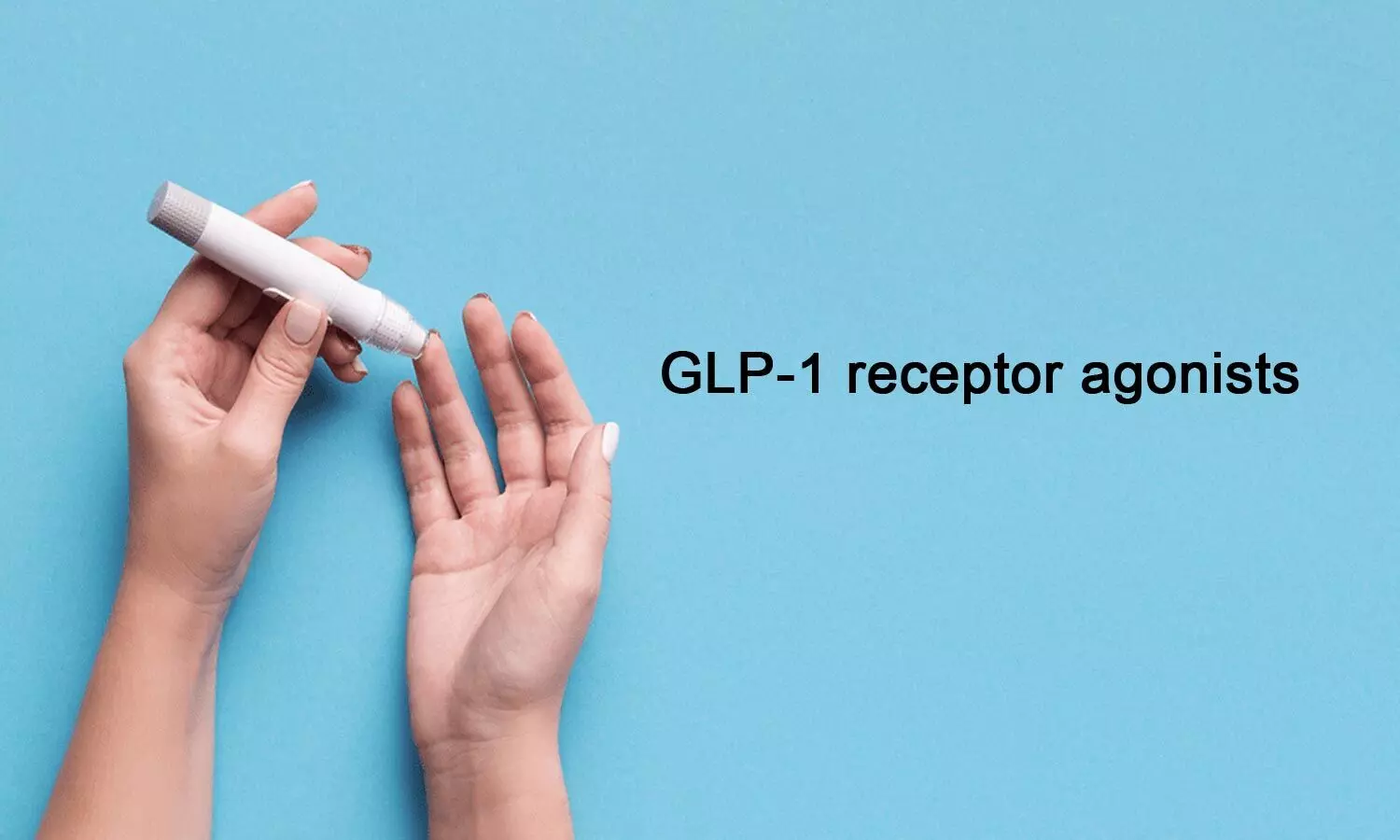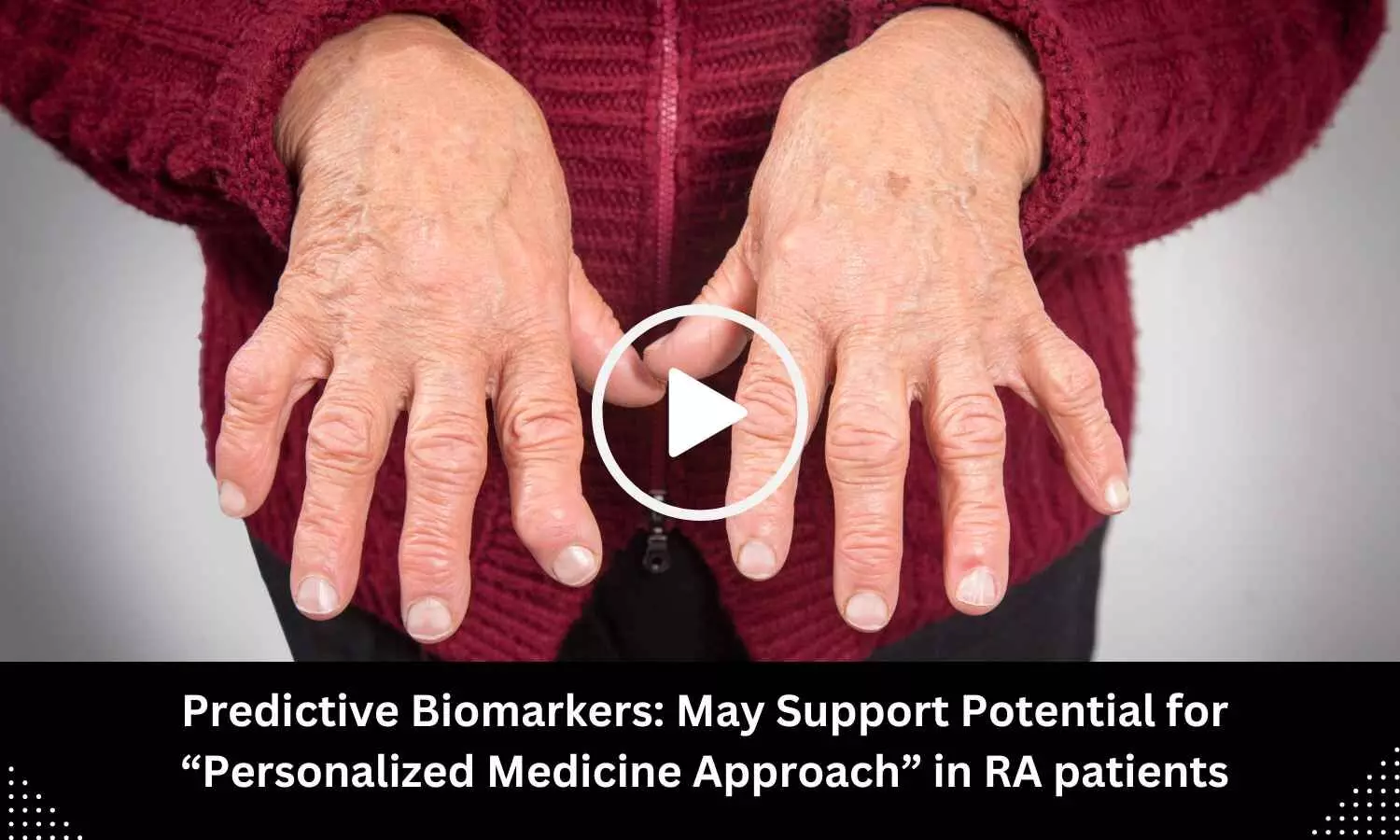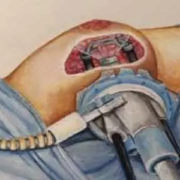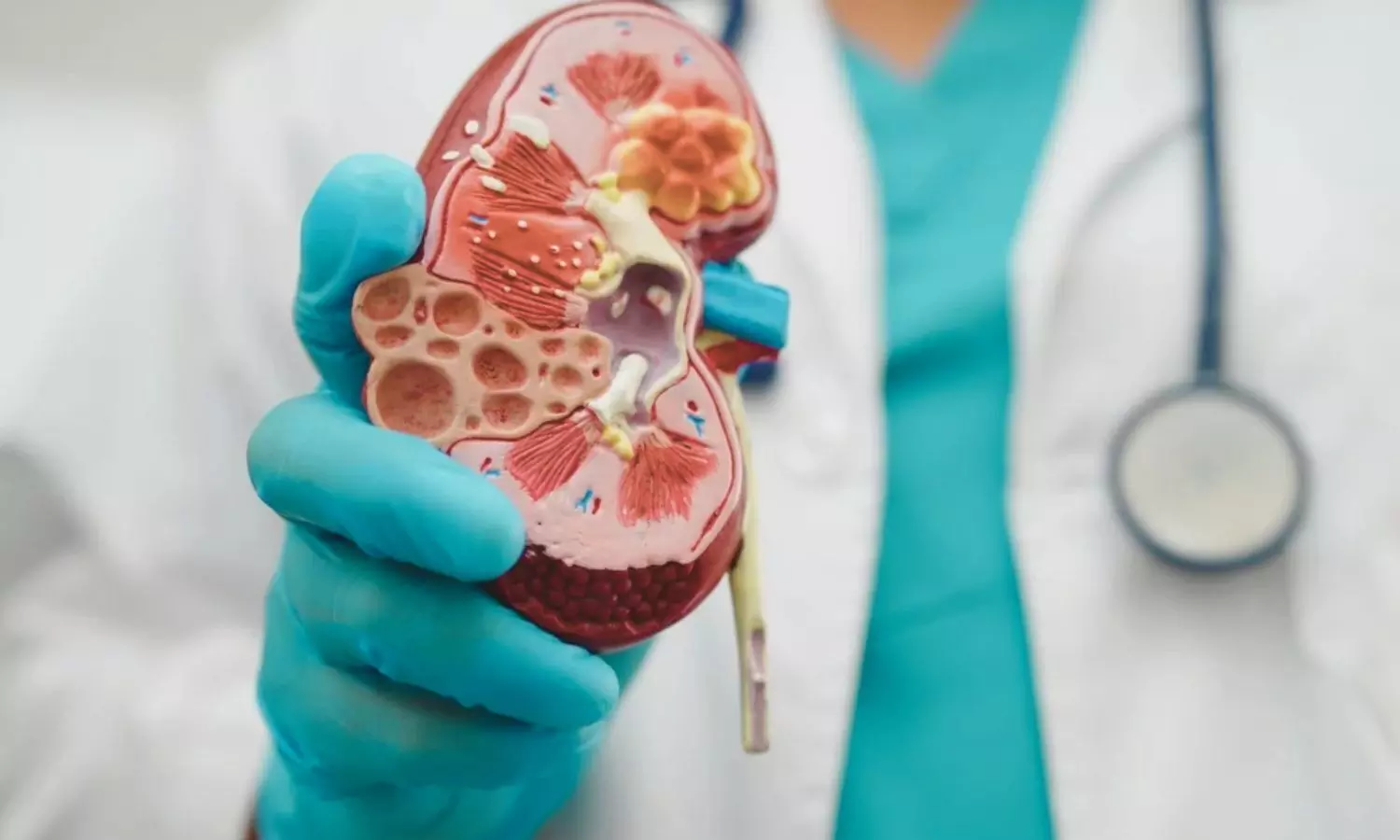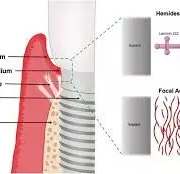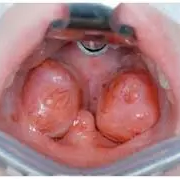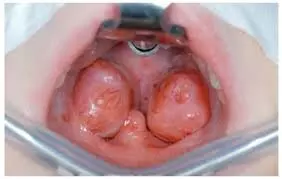Thane Hospital Theft: Rs 21 Lakh Stolen, 3 Arrested

Thane: In a significant development, the Thane police have arrested three individuals, including two former employees of a private hospital, for allegedly stealing ₹21 lakh from a doctor’s cabin.
The theft occurred on September 21 at a medical facility in Vinay Nagar, Kashigaon, where the doctor discovered the burglary upon returning to his cabin. This incident raises serious concerns about security within healthcare facilities, highlighting the vulnerabilities that medical institutions face despite their commitment to providing essential services to the community.
Also Read:Maharashtra Doctor robbed of Rs 82 Lakhs, five guards arrested
According to the PTI report, after the doctor discovered his cabin ransacked and a substantial amount of cash missing, Kashigaon police station’s Senior Inspector Rahulkumar Patil stated that police reviewed CCTV footage. This footage revealed an unidentified masked individual entering the cabin and stealing the money.
Following the shocking theft of ₹21 lakh from a Thane hospital, police have made significant progress in the case by apprehending the doctor’s former driver, a 28-year-old resident of Katihar, Bihar, who wore a mask during the theft. Additionally, a 34-year-old accomplice from Uttar Pradesh was also arrested.
The investigation, which began with the arrest of a 32-year-old former employee from Pratapgarh, revealed crucial details about the crime. As a result of these efforts, police recovered ₹18 lakh of the stolen cash, along with an auto-rickshaw, a mask, and various tools used in the commission of the theft.
A case has been filed against the three individuals under relevant sections of the Bharatiya Nyaya Sanhita. The swift action by the police underscores their commitment to addressing crime and ensuring justice in the community.
Also Read: Maharashtra Doctor robbed of Rs 9.5 Lakh, Tadipar thief caught on camera
Powered by WPeMatico






